MyBatis的resultMap元素用于将数据库列名映射到Java实体类的属性名。它有以下结构:
<resultMap id="map_id" type="entity_class"> <id property="id" column="column_name" /> <result property="property_name" column="column_name" /> </resultMap>
– id:表示结果映射的唯一标识
– type:指定结果映射所映射的Java实体类
– id:表示主键映射,一个resultMap只能有一个id元素
– property:实体类的属性名
– column:数据库表的列名例如,有一个Student实体类:
java public class Student { private int id; private String name; private int age; }
对应的数据库表为:
student ├── id ├── name └── age
则resultMap配置如下:
<resultMap id="studentMap" type="Student"> <id property="id" column="id" /> <result property="name" column="name" /> <result property="age" column="age" /> </resultMap>
在select语句中使用resultMap属性指定映射:
<select id="selectStudents" resultMap="studentMap"> select * from student </select>
此时调用selectStudents方法,返回的Student对象中的属性名将对应数据库列名,实现了自动映射。
总结,MyBatis的resultMap实现了对象关系映射,让我们可以独立于数据库列名来设定Java实体类的属性,极大的简化了数据库对象映射过程。
© 版权声明
本文刊载的所有内容,包括文字、图片、音频、视频、软件、程序、以及网页版式设计等部门来源于互联网,版权均归原作者所有!本网站提供的内容服务于个人学习、研究或欣赏,以及其他非商业性或非盈利性用途,但同时应遵守著作权法及其他相关法律的规定,不得侵犯本网站及相关权利人的合法权利。
联系信息:邮箱aoxolcom@163.com或见网站底部。
联系信息:邮箱aoxolcom@163.com或见网站底部。
THE END





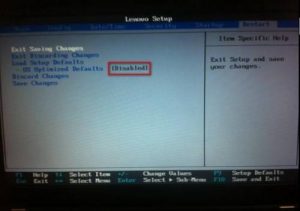
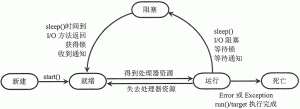

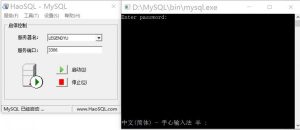

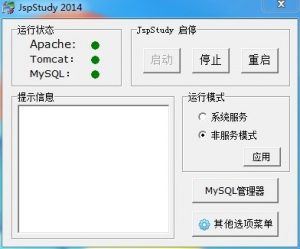
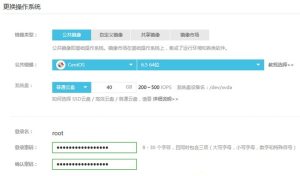

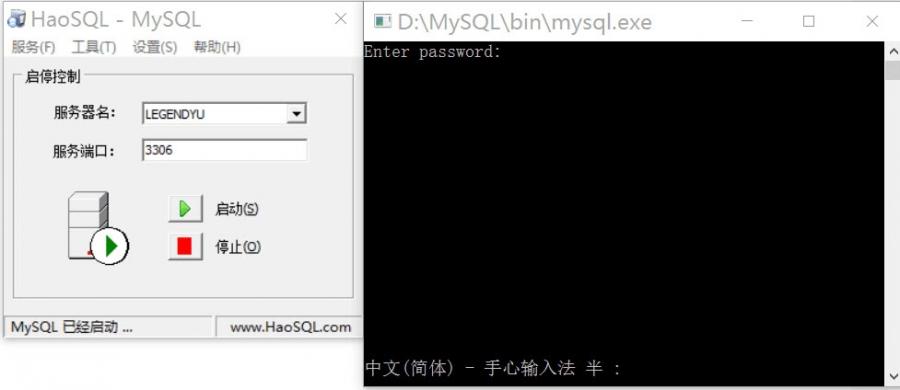






请登录后发表评论
注册
社交帐号登录